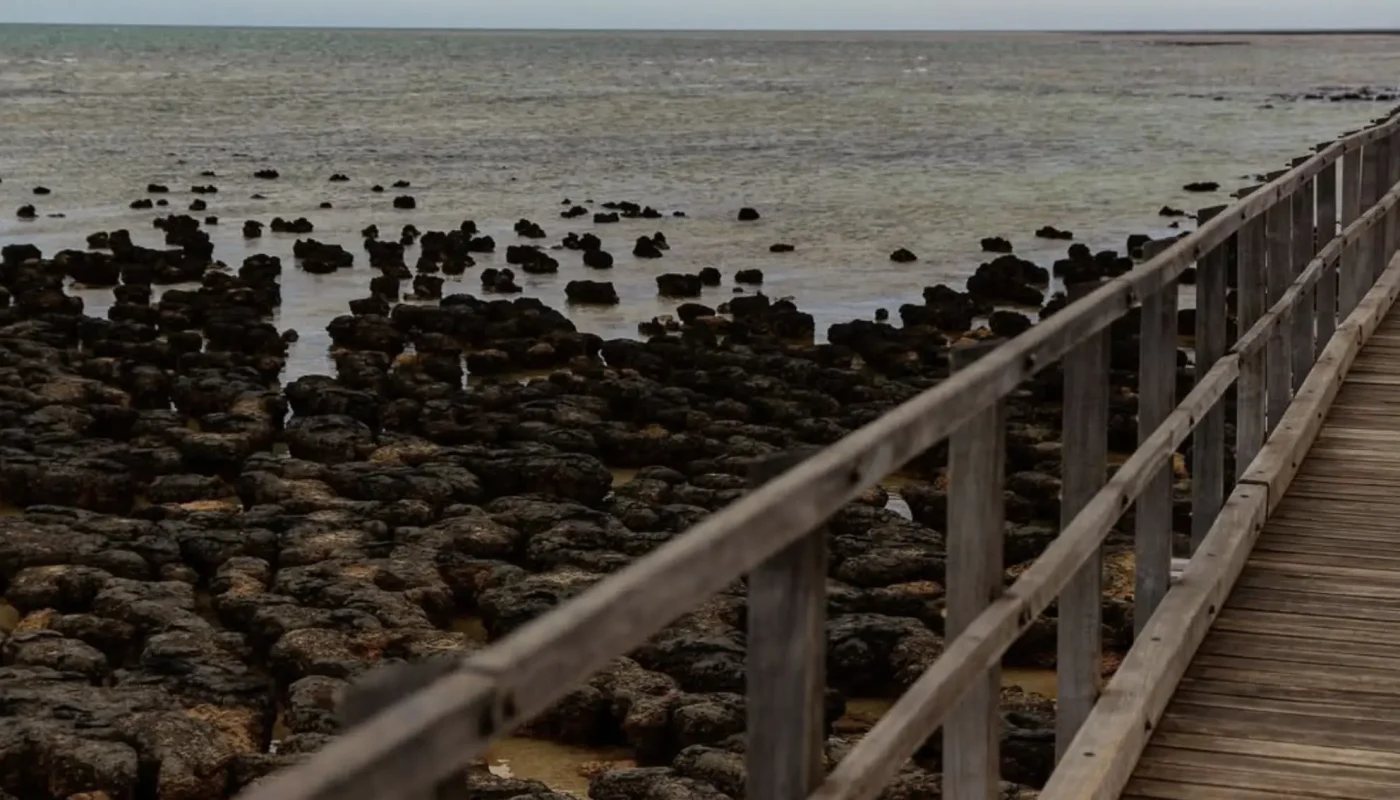Hamelin Pool in Western Australia’s Shark Bay World Heritage Area is home to one of the most amazing natural wonders on the planet: living stromatolites. These are often called ‘living fossils’ because they give us a glimpse into life on Earth billions of years ago. In this blog, we’ll look at what makes Hamelin Pool so special and why it should be on your bucket list.
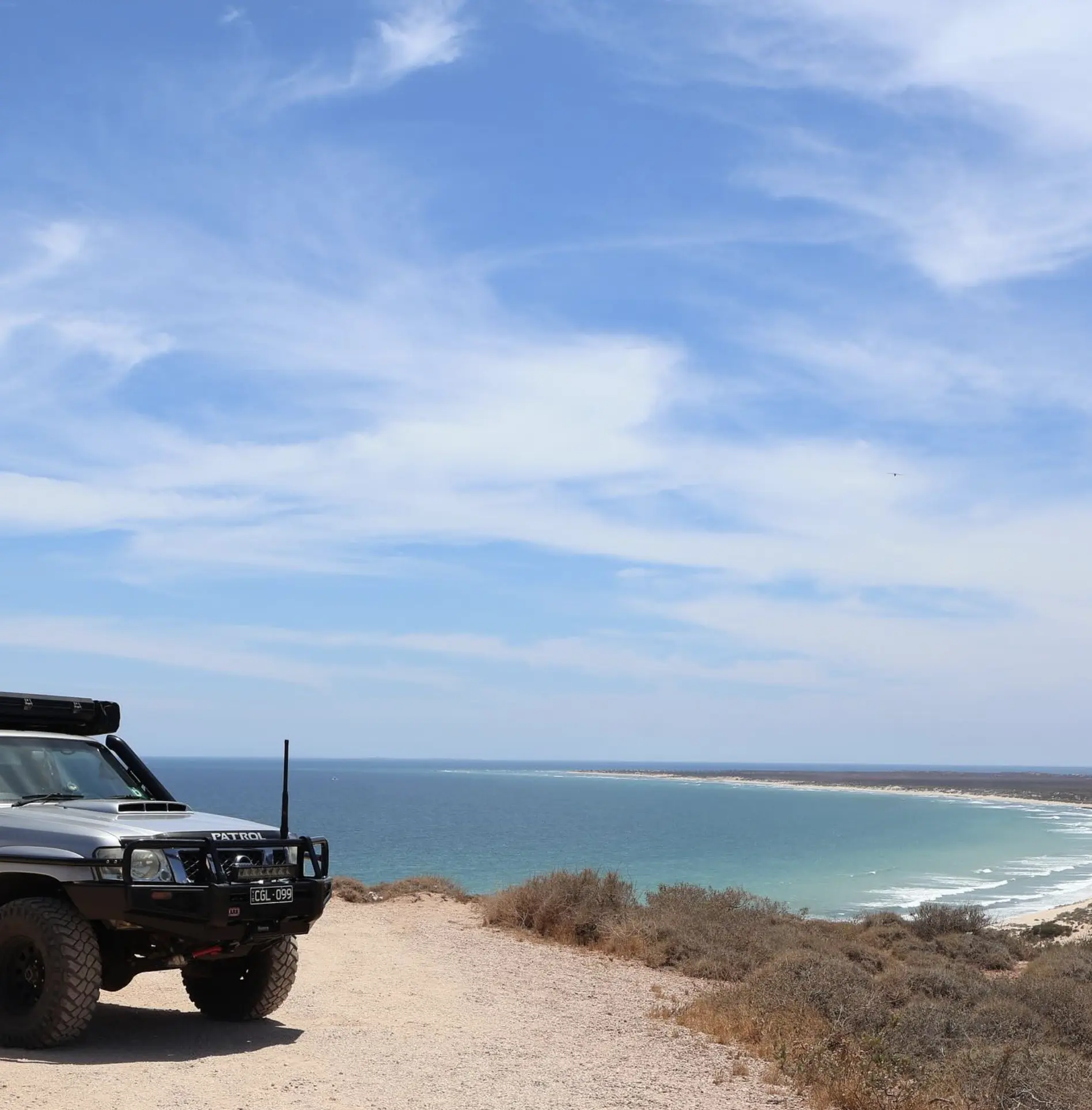
Ancient Life Forms of Earth’s History
Stromatolites are layered structures formed by microorganisms, mostly cyanobacteria, that trap and bind sediment. These microorganisms have been around for over 3.5 billion years, making stromatolites some of the oldest evidence of life on Earth. At Hamelin Pool, the stromatolites thrive in the hypersaline waters, an environment that mimics ancient Earth and protects them from predators. The stromatolite structures give us a window into the fossil record, the development of life and the evolution of microbial ecosystems and ancient environments.
Marine stromatolites are some of the oldest life forms, showing microbial communities and ancient stromatolites that led to complex life. Their columnar and composite structures are a focus for detailed studies of morphological structures and microbial reefs.
A Fascinating Exploration
Hamelin Pool is the only place in the world where you can see living stromatolites. Here are a few reasons to visit:
- Natural Wonder: Hamelin Pool is one of the only places on earth where you can see living stromatolites. These active stromatolites are examples of stromatolites that show microbial diversity and ancient lineage.
- Educational Value: The site has an information boardwalk and signs that explain what stromatolites are and the unique ecosystem, including the hypersaline conditions and biological processes that form them. You can learn about the evidence of life and the bacterial structures that make up these ancient records.
- Scenery: Beyond stromatolites, Hamelin Pool has stunning views of Shark Bay, a UNESCO World Heritage Site known for its pristine waters, extensive ecosystems, and marine life. The western margin also has coral reefs and shallow water zones to boot.
- Easy Access: 30km from Denham. Suitable for all ages. See the texture of ancient environments that have been preserved for billions of years.
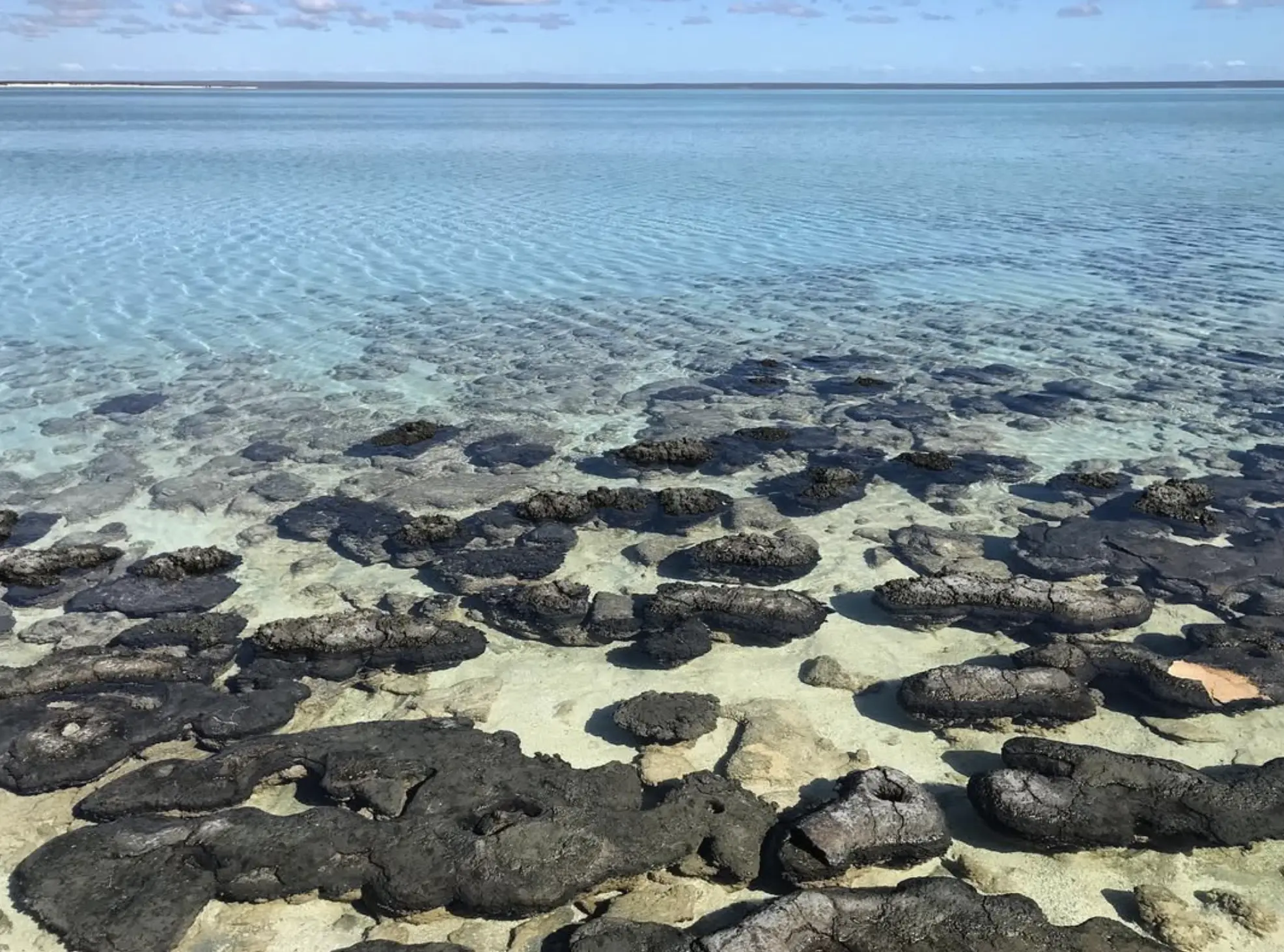
Planning Your Trip
The best time to visit Hamelin Pool is between April and October. The cooler weather makes it easier to walk around the site and enjoy the rest of Shark Bay. The natural light during this time also highlights the stromatolites’ geometry and detail.
Responsible Tourism
As you’re gazing at the stromatolites, remember they are delicate and old. Stay on the paths, follow the signs and don’t touch the formations so they can be preserved for future generations. Protecting these old records is important for understanding microbial ecosystems, hypersaline embayments and the role of precipitation in shaping morphological features.
Other Attractions
- Shell Beach: A beautiful beach made entirely of tiny white shells, just a short drive away. It is a peaceful place to contemplate the history of life on Earth.
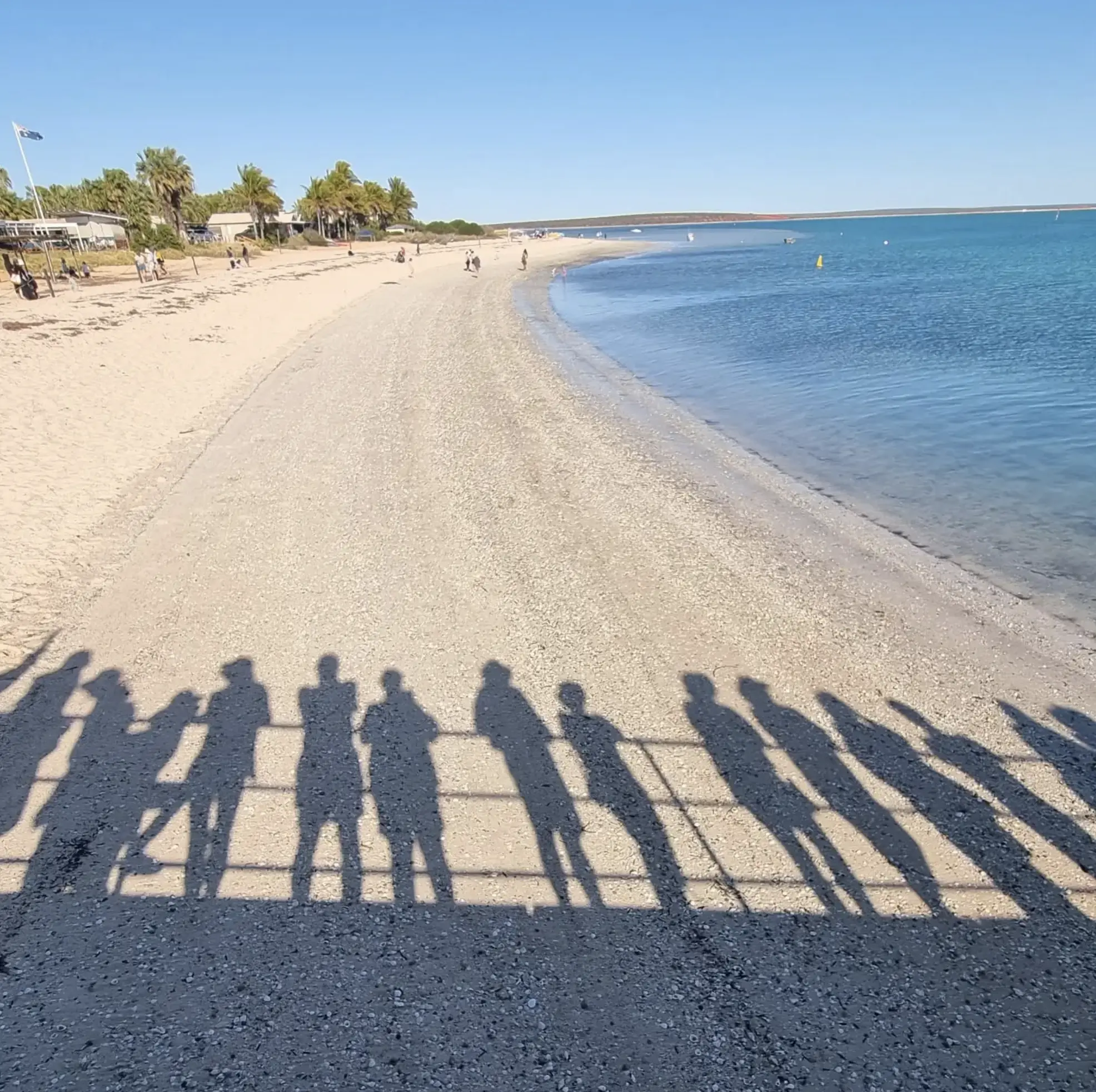
- Francois Peron National Park: For wildlife lovers and adventure seekers, this park gives a glimpse into the amazing animal life and extreme environments of Shark Bay.
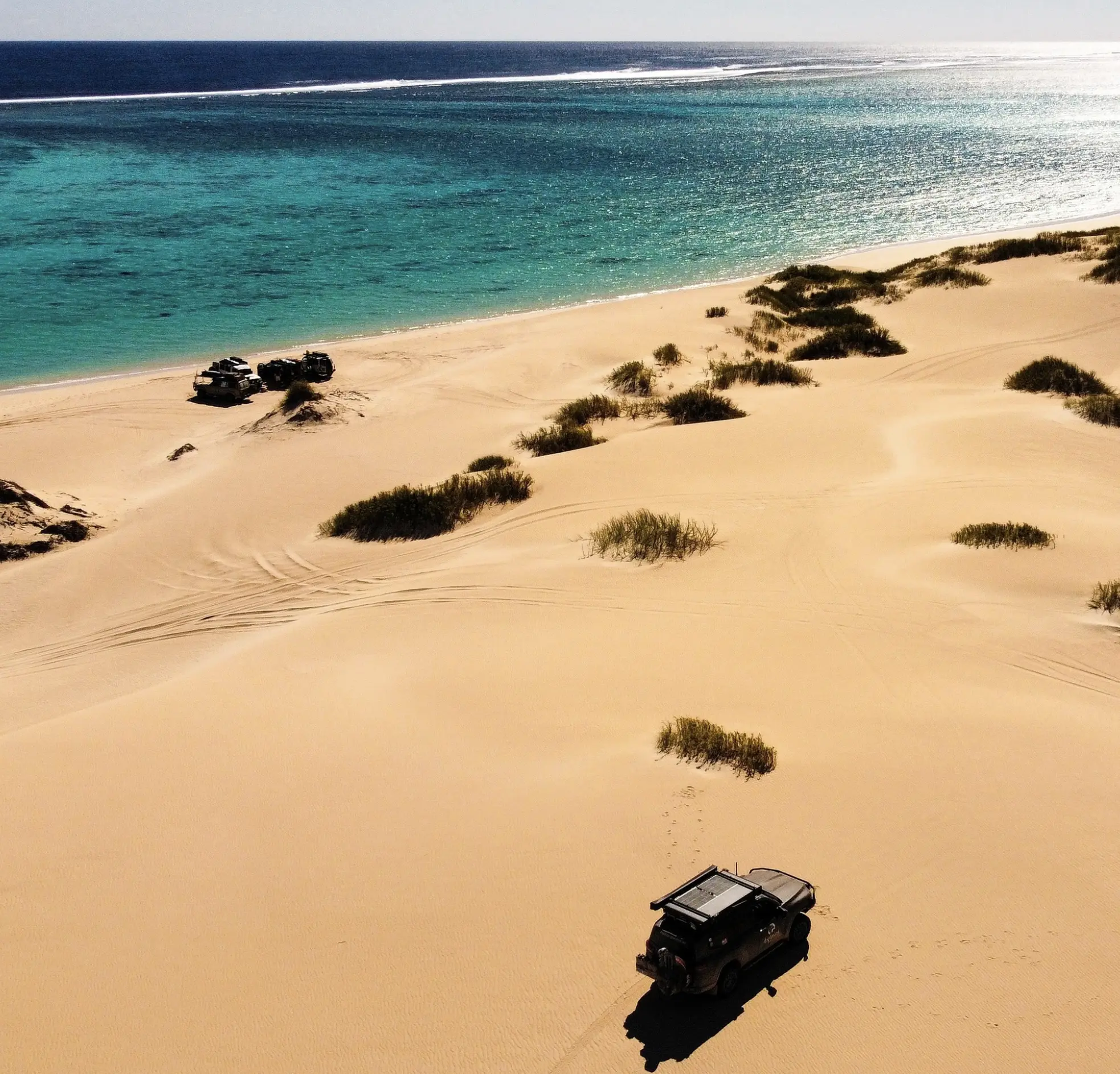
- Monkey Mia Tour: Famous for its wild dolphins, it is great for those who want to connect with marine stromatolites and the whole aquatic system.
- Nearby Tours: Book with Autopia Tours for a guided tour of Shark Bay and its attractions, including the stromatolites.
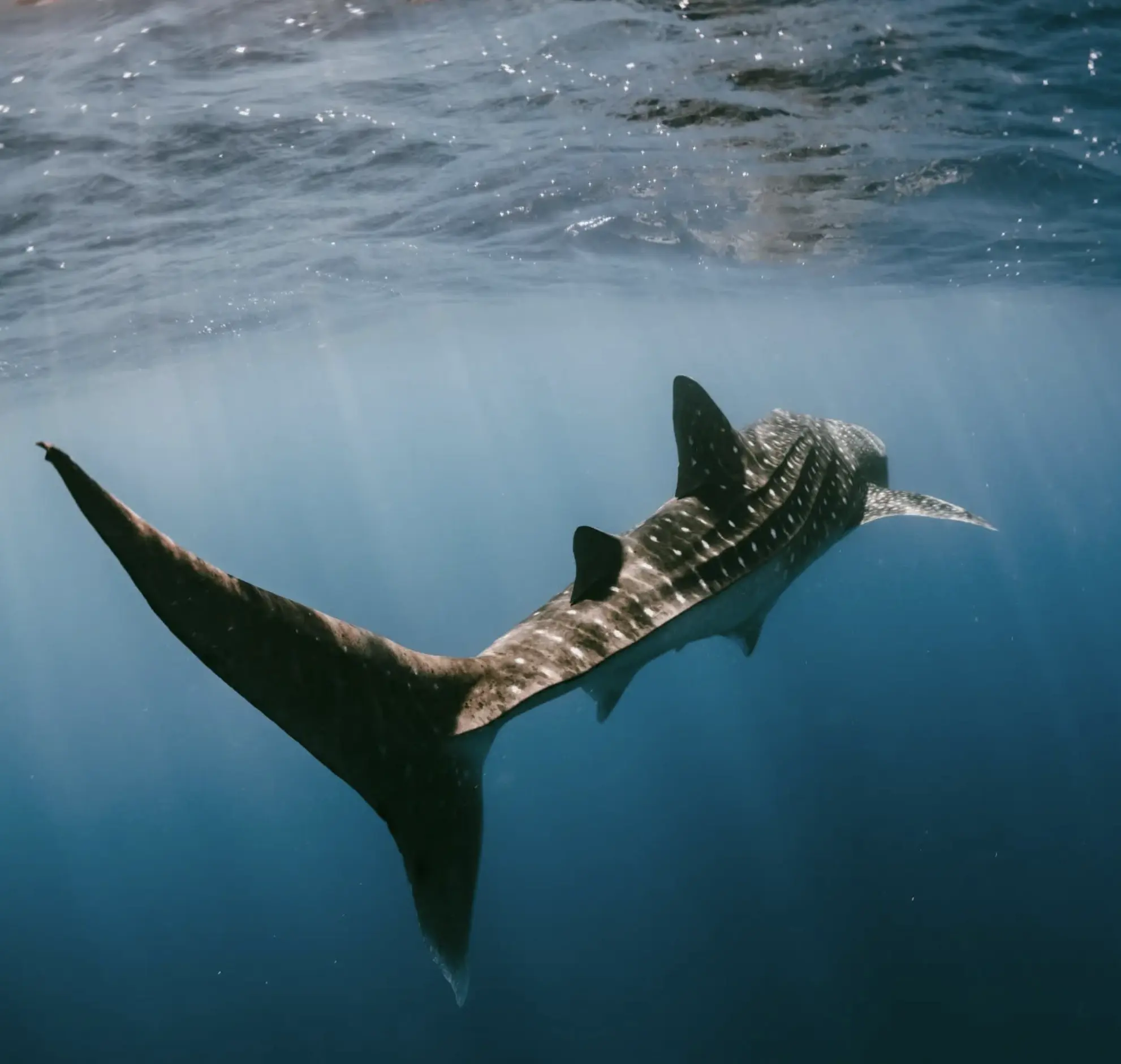
The Science of Stromatolites
Stromatolites are living experiments showing the chemistry and environmental pressures that shape microbial reefs. Previous research has shown the importance of cyanobacterial diversity in stromatolite formation and the extreme nature of their environments. They live in harsh conditions, hypersaline embayments and shallow waters, where mineral precipitation and limited animal grazing allow them to thrive.
Stromatolites are still evolving and provide insights into the fossil record, archaeological bone studies and the history of life on Earth. Scientists from around the world study these microbial ecosystems to understand their role in shaping ancient environments and for biomedicine and other fields. For example, stromatolites have been used to study artificial light interactions and material with light, which is relevant to modern technology.
Stromatolites and Life’s Origins
The study of stromatolites goes beyond Earth. Their structures and biology can be used to find life in extreme environments, like Mars or distant exoplanets. The morphological structures of stromatolites are analogs for alien life forms, a framework to understand life in different conditions.
Hamelin Pool is not just a place to visit. It’s a journey through time. It’s a site that shows the evolution of life, from ancient stromatolites to modern stromatolites and the ongoing evolution of microbial ecosystems in extreme environments. It is a rare opportunity to see the early chapters of Earth’s history, so come and see for yourself. To explore even more of Western Australia’s natural wonders, consider booking Exmouth Tours, where you can experience the stunning coastline, Ningaloo Reef, and more unique geological and ecological sites.
FAQ
What’s so special about the stromatolites at Hamelin Pool?
Hamelin Pool’s stromatolites are some of the oldest and most intact in the world. These stromatolites are evidence of life from 3.5 billion years ago, microbial diversity, and ancient lineage.
How do stromatolites form?
Stromatolites are formed by layers of cyanobacteria trapping and binding sediment over time to create rock-like structures—mineral precipitation, environmental pressure and biological processes specific to hypersaline conditions.
Can you swim?
No, no swimming to protect the delicate stromatolite ecosystem and the microorganisms that support them. The extreme environment keeps them safe from external pressures.
How long does it take to visit Hamelin Pool?
It takes about 1-2 hours to walk the boardwalk and read the displays about active stromatolites and their features.
Are there guided tours?
While guided tours may not always be available, the interpretive signage and boardwalk will give you all you need to know. For a more in-depth experience, consider joining a tour with knowledgeable guides like Autopia Tours.
